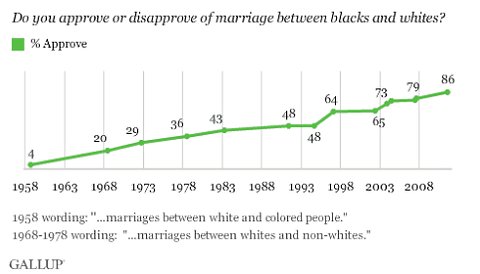You may have heard some under-rehearsed radio wittering from me on this topic, so I thought I should write something more coherent.
Last August, researchers from the Dunedin Cohort Study published a paper showing that people who had been heavy cannabis users as teenagers performed worse on cognitive function tests later in life, where this wasn’t true of people who started using cannabis as adults. One natural interpretation of these associations is that cannabis has toxic effects during brain development. As I pointed out at the time, the evidence isn’t overwhelming (since it’s a relatively small study and we know environmental factors can lead to differences as big as those observed) but was somewhat persuasive and is probably better than other studies on this topic.
Now, a Norwegian economist has argued that the results could be explained by purely sociological factors: that people from low-socioeconomic status backgrounds are more likely to use cannabis, and to perform worse on cognitive function tests, and that the difference in cognitive function tests tends to increase over time after school. He is correct; this could explain the published results. However, the Dunedin Cohort Study researchers have done further analyses in response, and while the socioeconomic explanation was reasonable, it seems to not be true. Both the relationship between socioeconomic status and cannabis use, and the relationship between low socioeconomic status and change over time in cognitive function test results were weak in this particular data set.
Even if the association is real and causal there could still be explanations that don’t involve brain toxicity. For example, imagine that people who enjoy being stoned are less likely to choose jobs and recreational activities that are cognitively demanding. They would then to some extent tend to end up scoring lower on cognitive function tests in later life. This, if it were true, would be an explanation that does depend on the properties of cannabis, but not on toxic effects.
Over all, this result doesn’t have huge implications for drug policy. It doesn’t change the basic fact that cannabis is far from innocuous but is also much safer than alcohol or tobacco. It doesn’t affect the relevant international treaties and probably won’t shift domestic public opinion. Differences of opinion on cannabis policy questions depend mostly on different preferences, and partly on other uncertainties. For example, would legal cannabis lead to more or less alcohol consumption?
I’d recommend the book “Marijuana legalization: what everyone needs to know”. This is written by a group of public-policy academics, who have varying policy preferences, but looked at what evidence they could agree on. It gives a series of questions and what is known about their answers. Unfortunately it’s not (yet?) in the Auckland city library.
Links: Stuff, Science Media Centre

